Season 1
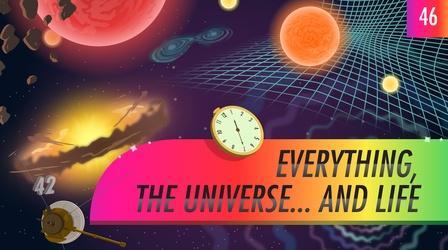
Life in the Universe: Crash Course Astronomy #46
Phil gives the course a send off with a look at some of his favorite topics.
Life in the Universe: Crash Course Astronomy #46
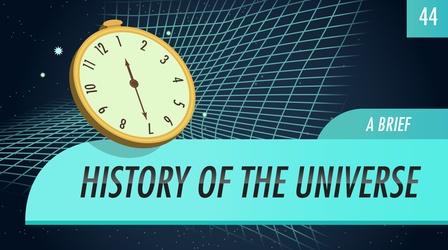
A Brief History of the Universe: Crash Course Astronomy #44
Thanks to the wonders of physics, we can map a timeline of the universe’s history.
A Brief History of the Universe: Crash Course Astronomy #44
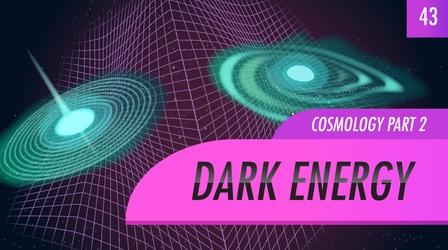
Dark Energy, Cosmology part 2: Crash Course Astronomy #43
Most of the universe is made up of a mysterious entity that pervades space: dark energy.
Dark Energy, Cosmology part 2: Crash Course Astronomy #43
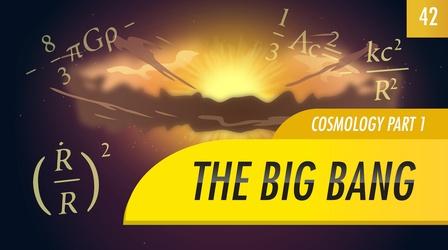
The Big Bang, Cosmology part 1: Crash Course Astronomy #42
Thanks to observations of galaxy redshifts, we can tell that the universe is EXPANDING!
The Big Bang, Cosmology part 1: Crash Course Astronomy #42
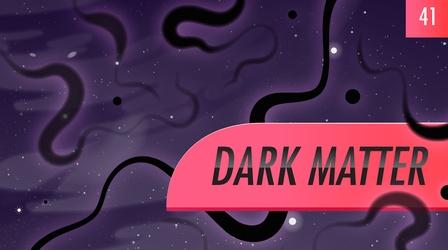
Dark Matter: Crash Course Astronomy #41
Today on Crash Course Astronomy, Phil dives into some very dark matters.
Dark Matter: Crash Course Astronomy #41
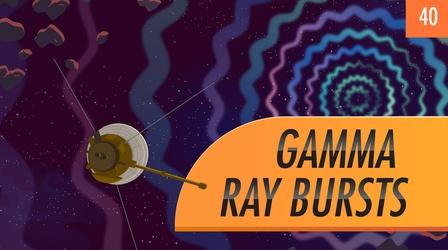
Gamma-Ray Bursts: Crash Course Astronomy #40
The discovery of gamma-ray bursts is an epic story.
Gamma-Ray Bursts: Crash Course Astronomy #40
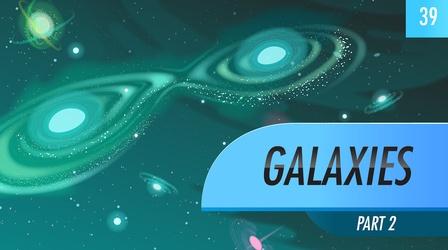
Galaxies, part 2: Crash Course Astronomy #39
Active galaxies pour out lots of energy.
Galaxies, part 2: Crash Course Astronomy #39
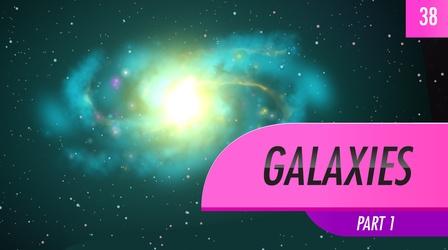
Galaxies, part 1: Crash Course Astronomy #38
Galaxies contain gas, dust, and billions of stars or more.
Galaxies, part 1: Crash Course Astronomy #38

The Milky Way: Crash Course Astronomy #37
Today we’re talking about our galactic neighborhood: The Milky Way.
The Milky Way: Crash Course Astronomy #37
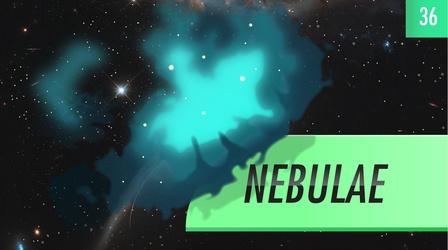
Nebulae: Crash Course Astronomy #36
Astronomers study a lot of things, but nebulae might be the most beautiful of them all.
Nebulae: Crash Course Astronomy #36
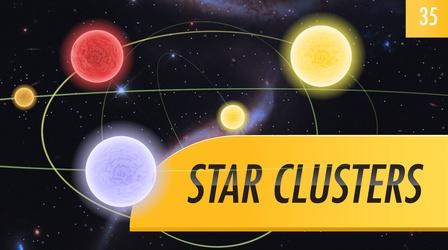
Star Clusters: Crash Course Astronomy #35
Last week we covered multiple star systems, but what if we added thousands to the mix?
Star Clusters: Crash Course Astronomy #35
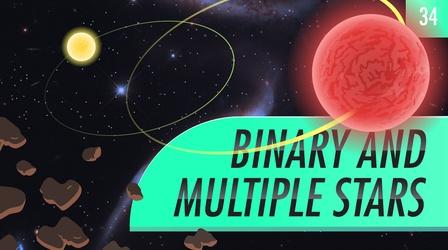
Binary and Multiple Stars: Crash Course Astronomy #34
Binary stars are gravitationally bound together in the same system.
Binary and Multiple Stars: Crash Course Astronomy #34
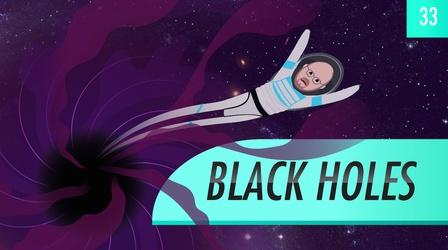
Black Holes: Crash Course Astronomy #33
Stellar mass black holes form when a very massive star dies, and its core collapses.
Black Holes: Crash Course Astronomy #33
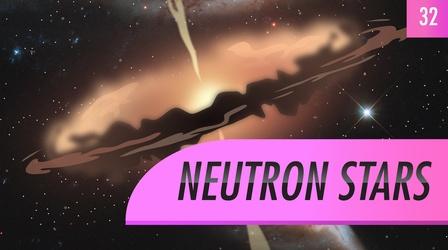
Neutron Stars: Crash Course Astronomy #32
In the aftermath of a some stars we find a weird little object known as a neutron star.
Neutron Stars: Crash Course Astronomy #32
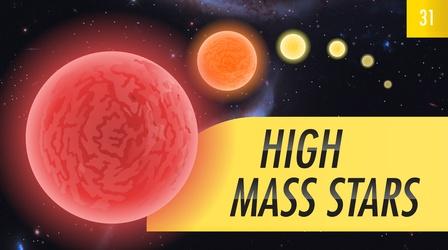
High Mass Stars: Crash Course Astronomy #31
Massive stars fuse heavier elements in their cores than lower mass stars.
High Mass Stars: Crash Course Astronomy #31

White Dwarfs & Planetary Nebulae: Crash Course Astronomy #30
What comes next after the death of a low mass star? A white dwarf.
White Dwarfs & Planetary Nebulae: Crash Course Astronomy #30

Low Mass Stars: Crash Course Astronomy #29
Today we are talking about the life -- and death -- of stars.
Low Mass Stars: Crash Course Astronomy #29
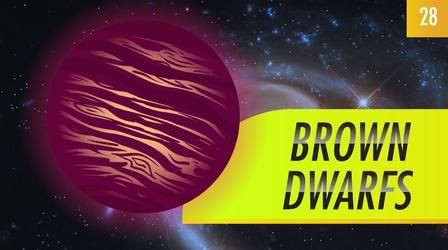
Brown Dwarfs: Crash Course Astronomy #28
Brown dwarfs have a mass that places them between giant planets and small stars.
Brown Dwarfs: Crash Course Astronomy #28

Exoplanets: Crash Course Astronomy #27
There are many other planets outside of our own solar system, but finding them is tricky.
Exoplanets: Crash Course Astronomy #27
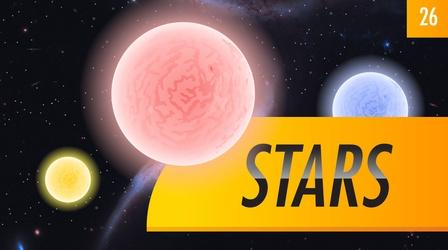
Stars: Crash Course Astronomy #26
Phil explains stars and how they can be categorized using their spectra.
Stars: Crash Course Astronomy #26

Distances: Crash Course Astronomy #25
How do astronomers make sense out of the vastness of space?
Distances: Crash Course Astronomy #25

Light: Crash Course Astronomy #24
In order to understand more of universe, we need to talk a little bit about light.
Light: Crash Course Astronomy #24

Meteors: Crash Course Astronomy #23
What the difference between a meteor, meteorite, and meteoroid?
Meteors: Crash Course Astronomy #23
Support for PBS.org provided by:
